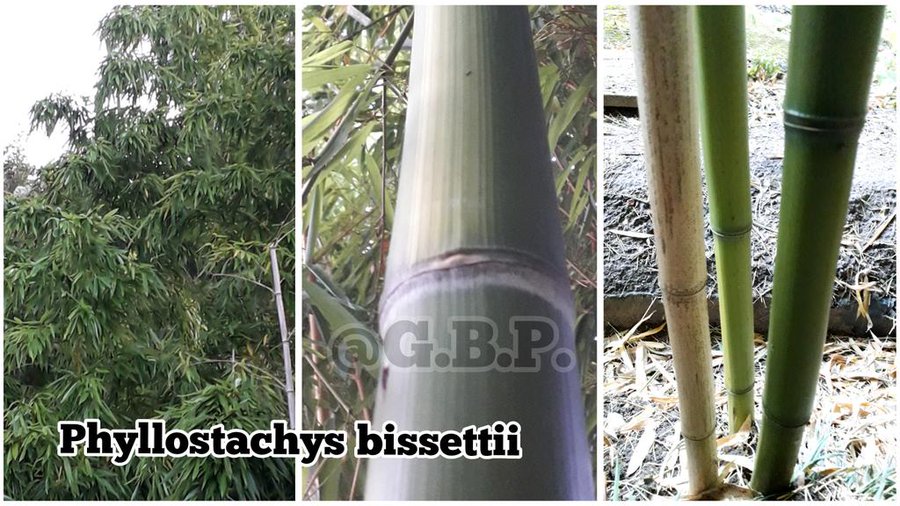Growing bamboo in pots is the best way to stop them from spreading. It makes it easier to move them around and can be used as screens indoors and outdoors.
Despite the benefits, there are also limitations to growing bamboo in pots.
Check out best ways to grow healthy bamboo in pots, or see our sales page where you can find the renowned UK Home & Garden retailers for bamboo plants and supplies.
Benefits of growing bamboo in pot planter boxes
There are two groups of bamboo plants to grow in pot and container planters - the running bamboo and the clumping bamboo.
The former has horizontal stems called ‘rhizomes’ that can grow up to a metre away from the parent plant in just one growing season.
The latter forms a tight base around the parent bamboo, forming dense clusters of canes (culms) and tend to expand in time.
Growing bamboo in pots and containers is an effective way to stop the invasion and or expansion of the running and clumping bamboo plants.
They provide a formidable barrier, restricting the rhizomes from spreading.
Limitations of growing bamboo in pot and container planter boxes
Most bamboo plants are tolerant of pests and diseases and thrive in variable outdoor conditions.
This group of plants are, in fact, tough and hardy but are limited to the size and conditions present in the pot and container planters where they are growing.
Here are likely limitations for growing bamboo plants in pots, containers and planters.
- Bamboo plants will succumb to environmental stress in containers.
- Tall bamboo in pots will sway and fall in breezy conditions.
- Bamboo roots and rhizomes are exposed to cold and heat above the ground.
- Running and clumping bamboo will outgrow the planters in 2 – 5 years.
- The plants will not grow to the maximum height and will not attain the maximum spread.
To grow bamboo in pot and container planters, you should create (and maintain) the best possible conditions for the plants in the confined space.
We produce this article to help our visitors who are growing bamboo plants in pots and planter boxes.
Move heavy bamboo pots and containers
The pots contain soil and water. They are practically immovable.
You can move the smaller bamboo pots by using old cardboard boxes to slide them across the floor.
If you need help moving the heavier bamboo pot and container boxes, the Hand Truck will make the heavy work easier.
With some help, you can arrange (and rearrange) the bamboo pots and container boxes neatly to suit your design and liking.
In some cases, you may have to move the bamboo in pots to a site where there is enough sun. The bamboo varieties prefer sun to shade or part shade. By doing this, you can get the best out of your plant.
In other cases, your bamboo may not grow well in the planters. These bamboo plants will need to be removed.
In fact, growing bamboo in pot and container planters is a great way to provide privacy screening for a small space, home, office or rented place.










